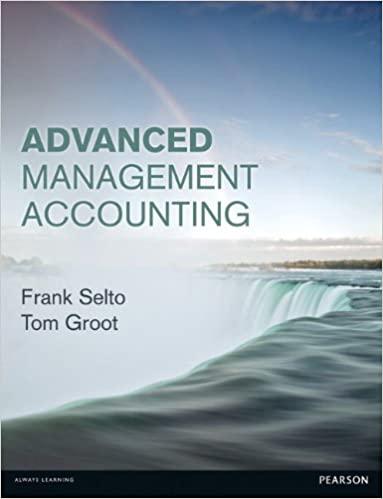Governmental incentive plan Pakistan faces immense educational challenges, and appears to be falling behind other South- Asia
Question:
Governmental incentive plan Pakistan faces immense educational challenges, and appears to be falling behind other South-
Asia countries in educational quality and literacy, especially among females. Although Pakistan has a goal to fulfil the country’s constitutional right by 2015, observers feel there is a 0%
chance of doing so within the lifetime of any living Pakistani. Remarkably, 26 countries poorer than Pakistan send a larger proportion of their children to school than does Pakistan. Only 35%
of school children, aged 6-16, can read a story; while 50% cannot read a sentence. Educational observers describe Pakistan’s public education system as an emergency or crisis situation for the country and its neighbours.
Although less than 1.5% of the country’s annual GDP is devoted to public education, Pakistan is plagued with thousands of ‘ghost schools’ and many thousands of ‘ghost teachers’, who exist only as line items of the budget. It is little wonder that many Pakistani citizens regard corruption as another major factor in the education crisis. The rapid growth of private schools, especially in urban areas is another unsurprising outcome, as is the decline in the social status of teachers. However, low and misapplied funds appear not to be the major cause of Pakistan’s poor public education performance. Rather, the major cause of the crisis appears to be public school teacher motivation to teach well.
Teachers’ low job satisfaction, motivation and incentives from teaching are identified as key factors in Pakistan’s education crisis. A UNESCO report, nearly ten years ago, identified non-transparent appointment practices, politicisation, poor management, lack of transport and security as major problems that are faced by Pakistani teachers. Similarly, a more recent report by T. Khan identified overall low job satisfaction among teachers that is driven by unmet higher order emotional and social needs, most notably professional self-esteem, job security,
personal relationships and accountability at work (among teachers, education managers, pupils and parents/communities), opportunities for career progression, the working environment, the work load and productivity/learning outcomes. Although public school teachers earn four times as much as an average parent of their students, 10 to 15% of them are absent from their teaching duties every day. Teaching quality is uneven at best and teacher attrition is high.
A recent report concluded that the following steps will improve teacher motivation:
a. Create an independent professional body of teachers that is included in decision-making for curriculum, policy and infrastructure.
b. Recruit teachers on the basis of merit.
c. Empower and hold teachers accountable with special programmes and incentives.
d. Improve compensation and working conditions, including facilities and security.
e. Focus teacher education on practical aspects of teaching.
f. Gain commitment to education from leaders at all levels in the country.
Required:
1. Describe the apparent roles of intrinsic and extrinsic rewards in the teaching profession.
Do these roles vary across cultures? Explain.
2. Design and describe an incentive system that should improve public school teacher motivation in Pakistan.
3. Assume that your incentive system could be implemented. How would you define success of your new incentive system. How would you test its effectiveness?
4. Prepare a report or a PowerPoint presentation that presents your incentive system.
Sources: Education emergency Pakistan (www.dawn.com/2011/03/09/education-emeregencypakistan.
html - you may download the complete report from this site); T. Khan, Teacher job satisfaction and incentive: A case study of Pakistan (www.eldis.org/vfile/upload/1/document/
0709/Teacher_motivation_Pakistan.pdf)
Step by Step Answer:






